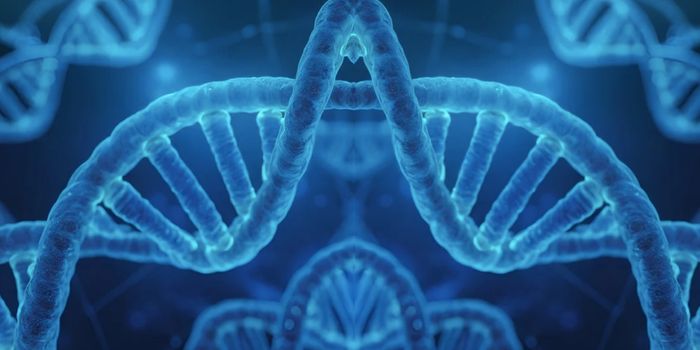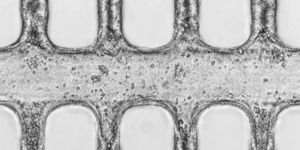What Drives Essential Sensing in Animals?
What drives essential sensing in animals?
Researchers at Northwestern University have developed a new theory that can predict animal sensation.
"Animals make their living through movement," said Malcolm A. MacIver, who led the research. "To find food and mates and to identify threats, they need to move. Our theory provides insight into how animals gamble on how much energy to expend to get the useful information they need."
Learn more about animal sensation:
The new theory is called energy-constrained proportional betting and provides an explanation for many enigmatic motions for sensory organs in animals.
"While most theories predict how an animal will behave when it largely already knows where something is, ours is a prediction for when the animal knows very little -- a situation common in life and critical to survival," Murphey said.
Findings were published in the journal eLife and provide a basis on “animal movement and energetics and information theory-based approaches to sensing”.
"When you look at a cat's ears, you'll often see them swiveling to sample different locations of space," MacIver said. "This is an example of how animals are constantly positioning their sensory organs to help them absorb information from the environment. It turns out there is a lot going on below the surface in the movement of sense organs like ears and eyes and noses."
Source: Science Daily









